19th century China through rare photos
The new exhibition by collector Stephan Loewentheil brings a genuine view of 19th century China through the first photographs of the country's art of photography.
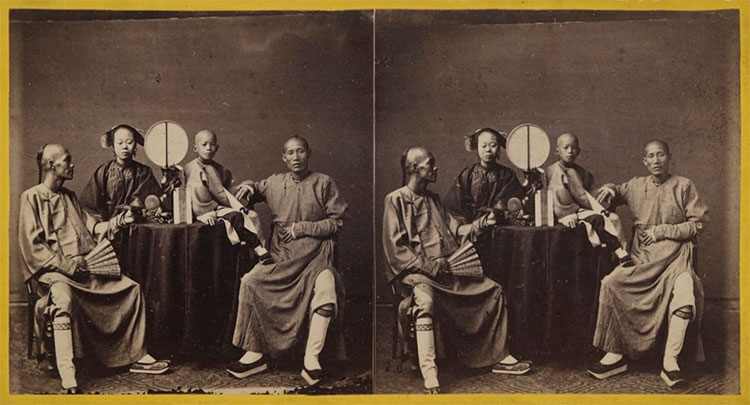
Before the art of photography was introduced into China, the West could only imagine an eastern power through drawings, pens and letters sent from faraway lands.But in the 1850s, a group of pioneering western photographers sought to capture Chinese landscapes and people, attracting much attention from their homeland and initiating photography in China, according to CNN. .
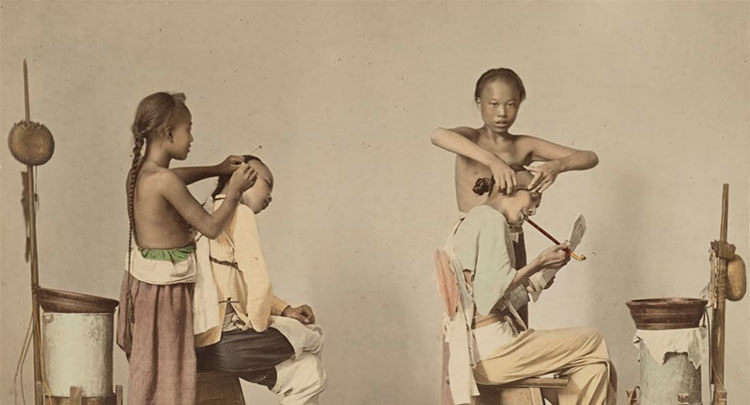
Among them, an Italian photographer, Felice Beato, came to China in the 1850s to document the intervention of Britain and France in the second opium war.In addition, Scottish photographer John Thompson also traveled along the Man River (now in Sichuan Province) to bring rare frames to China.

These are just two of many photographers who have contributed in a collection of 15,000 photos by New York collector Stephan Loewentheil.His 19th-century Chinese set of photos truly reflects the street scene with merchants, buildings, rural life and many other details, from blind beggars at street corners to caravans. on the Silk Road.
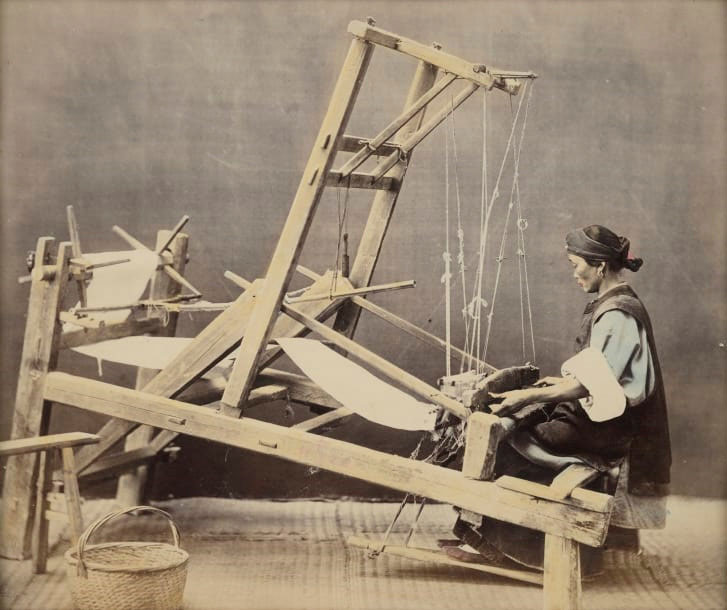
Loewentheil has spent the past three decades acquiring photos from many auctions and other collectors both inside and outside China.This is considered the largest personal photo collection in the world.Recently, the first name of the collector brought 120 photos to the exhibition in Beijing.These are considered the first photos, using both raw materials such as egg whites and "wet disc" techniques during the photo-coating process.
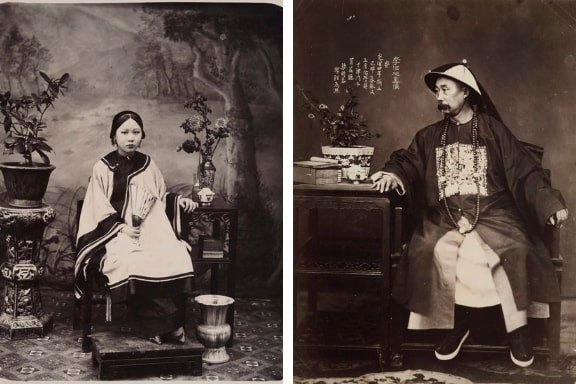
In addition to honoring the work of pioneering foreign photographers, Loewentheil's exhibition also praised the achievements of many Chinese authors.When leaving the eastern country, many photographers sold cameras and bulky devices.Meanwhile, some other Chinese, like mathematician Zou Boqi, use western-made components to make their own cameras.

Some pioneering Chinese photographers like Lai Afong have many works of similar quality as Westerners, Loewentheil said.Instead of copying foreigners, Chinese photographers are often inspired by the country's artistic tradition.For example, portraits are often taken with composition and lighting like drawings.The characters in the photo often sit opposite, look at the camera, sit up straight and their faces do not show much as "the ancestral portraits of Chinese people," Loewentheil said.

First introduced to port cities, photography art has spread throughout China in the second half of the 19th century. This led to the creation of commercial studios specializing in personal and family portraits.Many black-and-white photos were then hand-painted by painters.
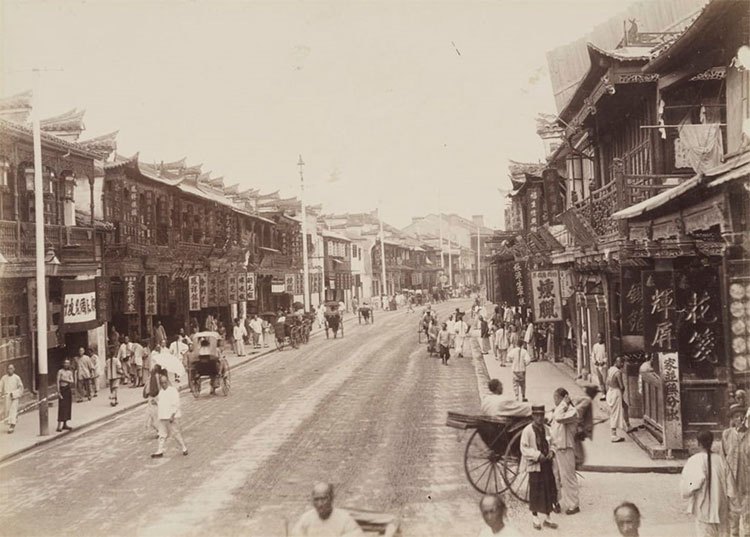
Later, more advanced techniques helped commercial photographers in China develop. "Photographers want to bring amazing images that can be sold everywhere. From diplomats, businessmen or missionaries, all want to bring back memories of beautiful and unique culture. Some of them brought pictures to the west, but they also noticed the love of Chinese people for photography, so they chose to serve both markets , ' Loewentheil said. with CNN.

Photographs of Chinese photographers' architecture include the surrounding natural landscape instead of just the buildings. This is different from the Western photography style. "Usually when we can't identify the photographer's identity, we can still guess whether they are Chinese or Western," Loewentheil said.

In addition to artistic value, images in Loewentheil's collection are also of academic value.Currently his exhibition is being held at Tsinghua University in Beijing, one of China's leading universities.The emergence of technology from abroad in the 19th century, including cameras, was just one of the fundamental changes that led to the era of imperialism collapse.This means that the scene recorded in the photos will quickly disappear.

For example, British photographer Thomas Child captured the scene of the Summer Palace in Beijing. This place was then burned by British and French invaders. The picture thus becomes invaluable evidence of this architectural work. "We really want the collection to be the property of the Chinese people. We are willing to study for scholars or intellectuals , " Loewentheil said.
- Rare photos of how to organize the wedding of a noble Chinese family in Qing Dynasty
- Rare images return to Beijing more than 100 years ago
- Photos of life in China in the late 19th century
- Rare photos of British colonial India in the 19th century
- Rare photos of Shanghai more than 150 years ago
- The life of people in the bottom of society in London in the 19th century
- Extremely precious series of photos about China 100 years ago
- Objects similar to smartphones in the 19th century painting
- Rare color images of Native Americans in the 19th and 20th centuries
- What do you know about 19th-century television with
- Discovered two missing ships from the 19th century when searching for MH370
- Modern people are not as intelligent as people of the 19th century?
- Unexpectedly discovered the mysterious 19th century shipwreck in the Gulf of Mexico
- Excavating a grave in the 19th century
 The 11 most unique public toilets in the world
The 11 most unique public toilets in the world Explore the ghost town in Namibia
Explore the ghost town in Namibia Rare historical moments are 'colored', giving us a clearer view of the past
Rare historical moments are 'colored', giving us a clearer view of the past The world famous ghost ship
The world famous ghost ship